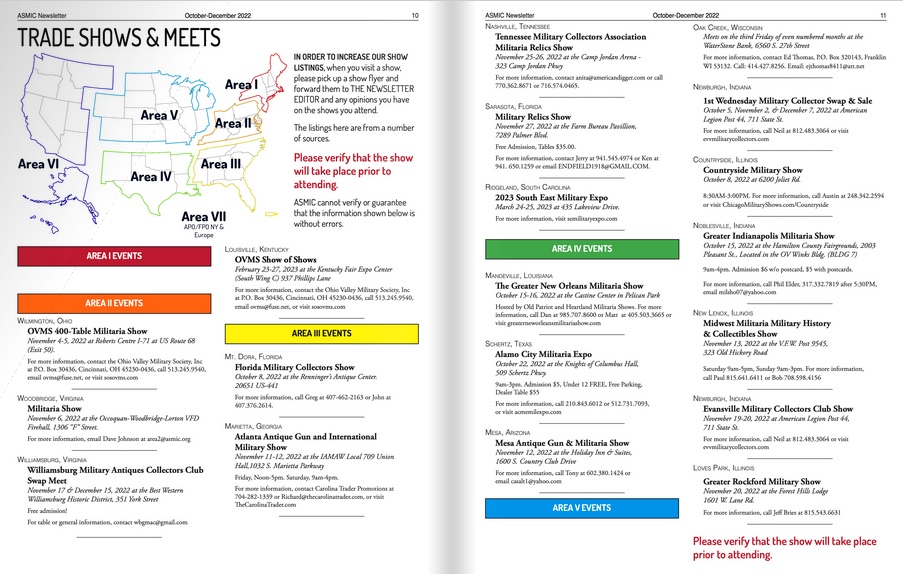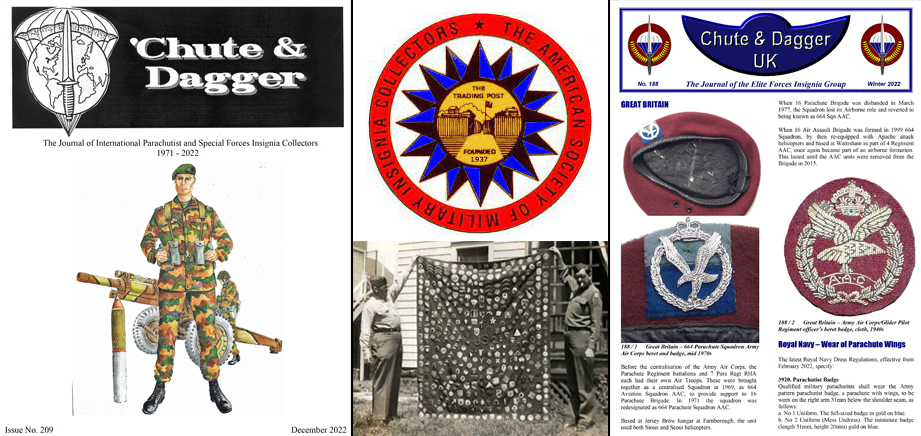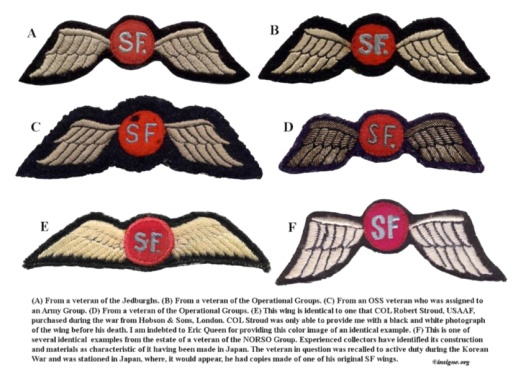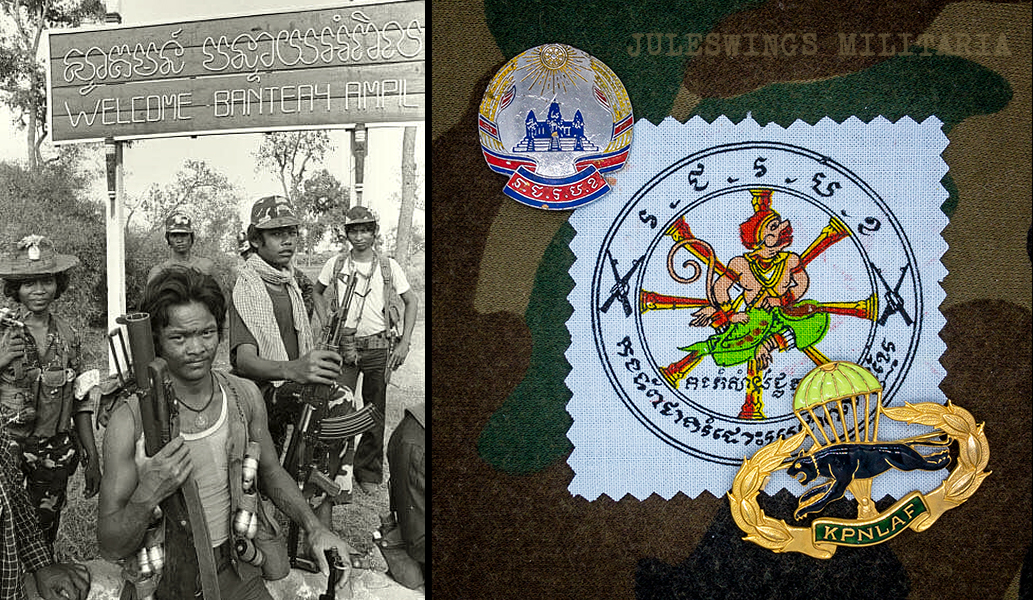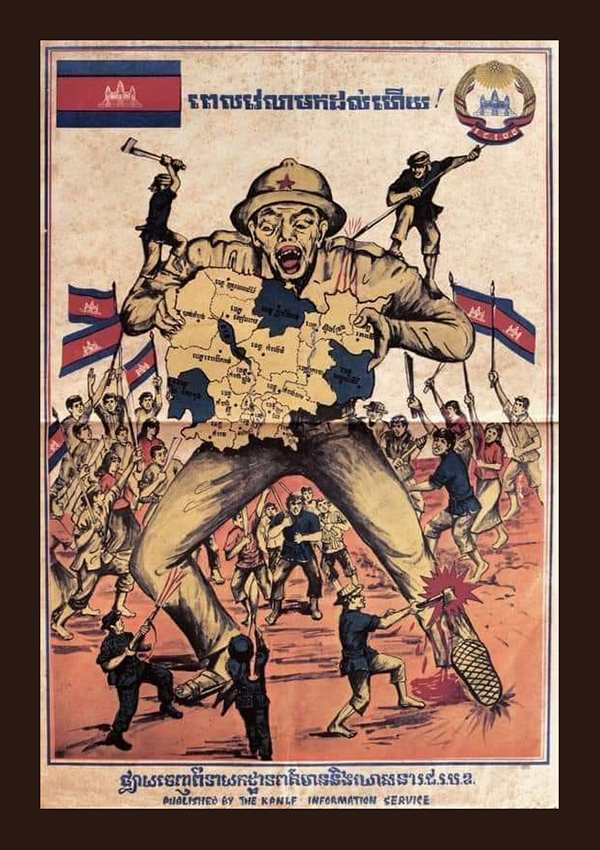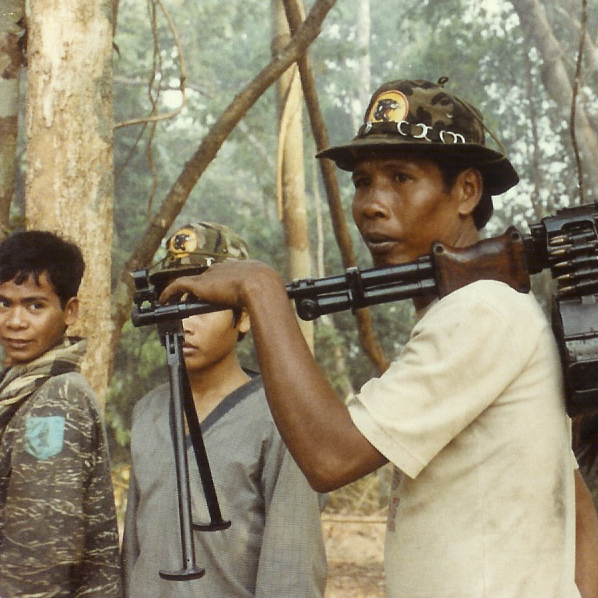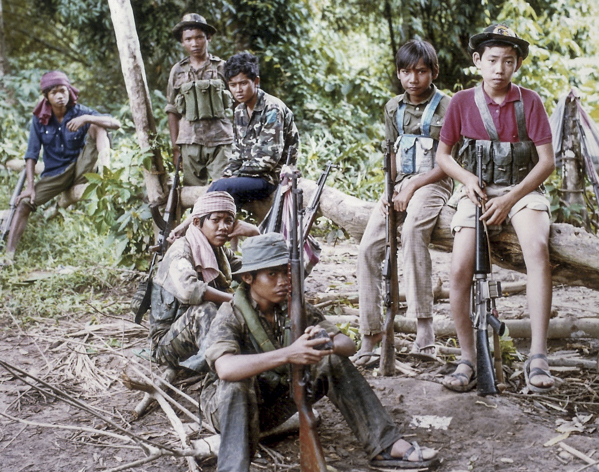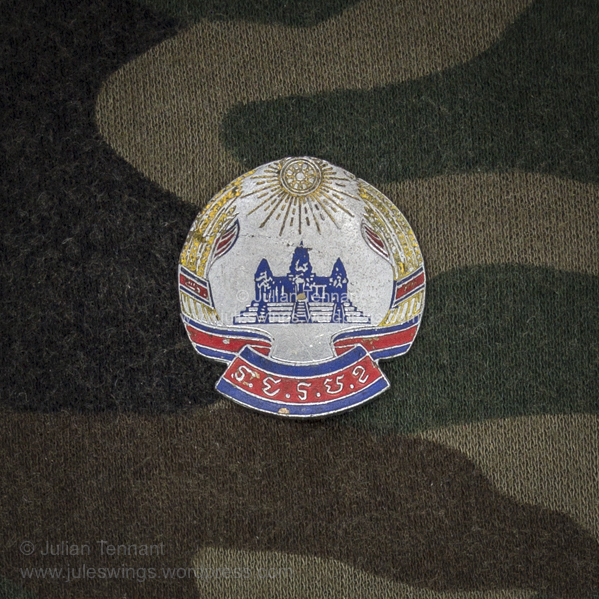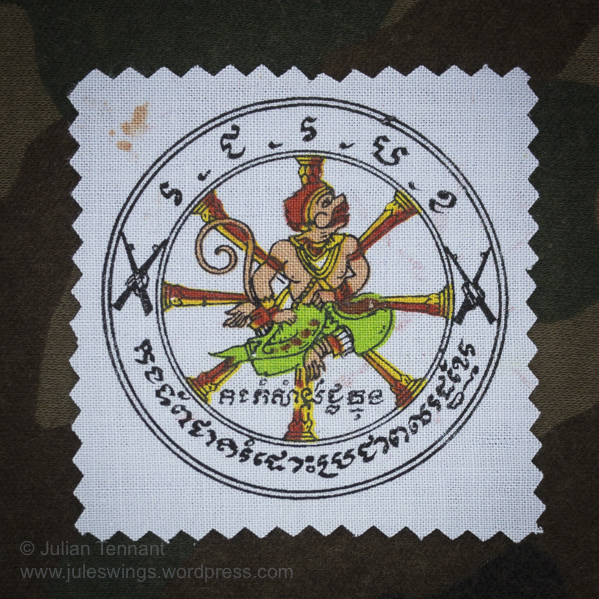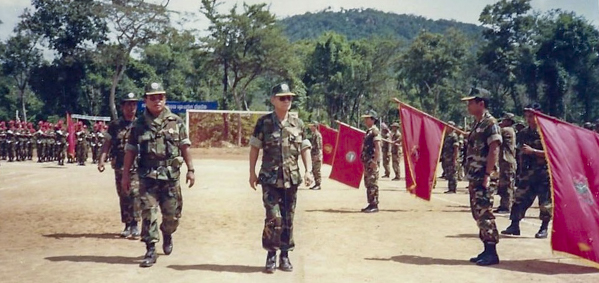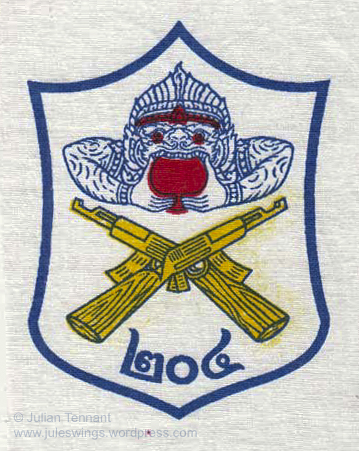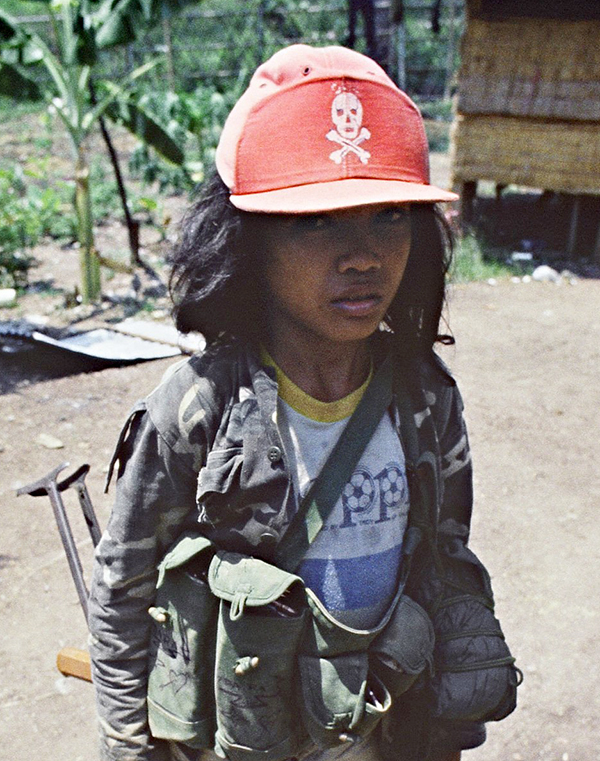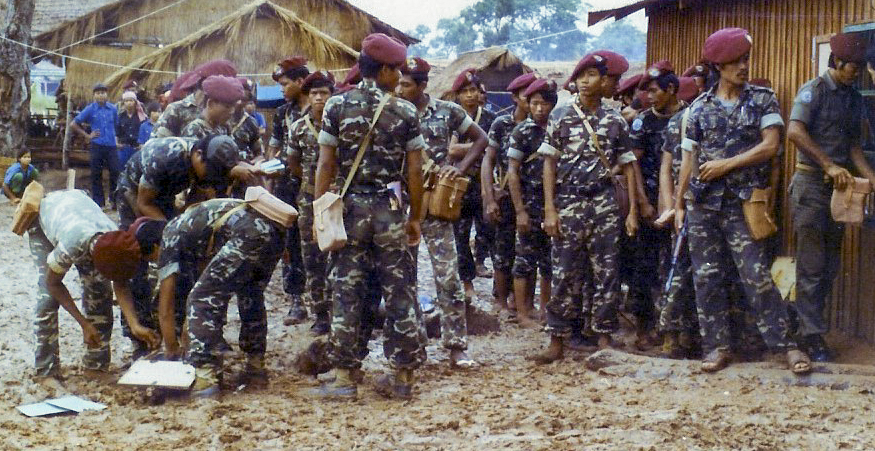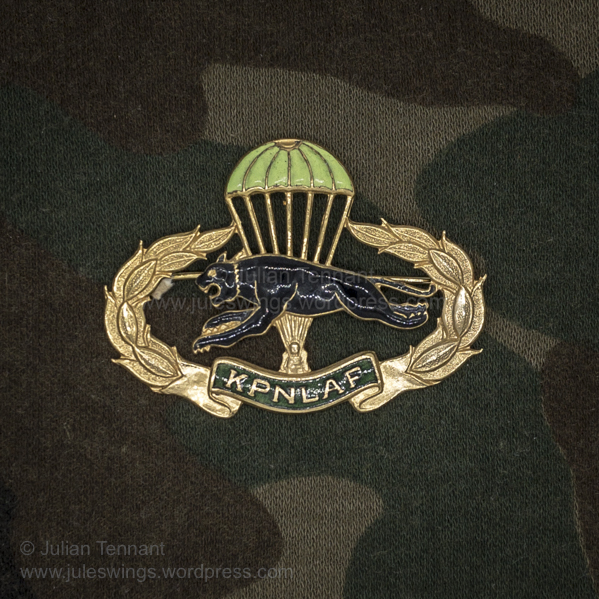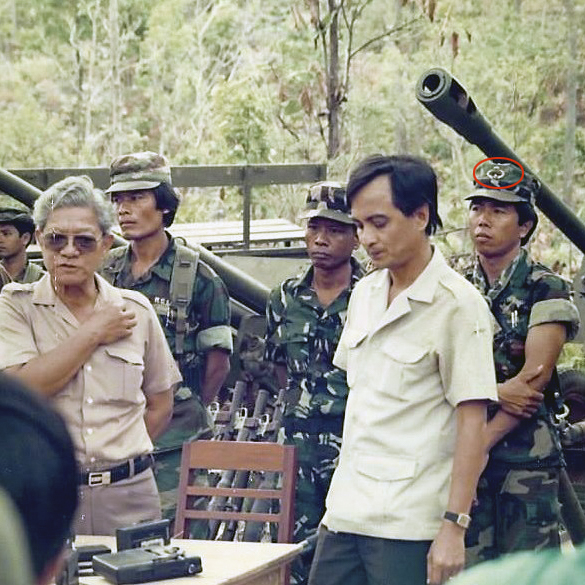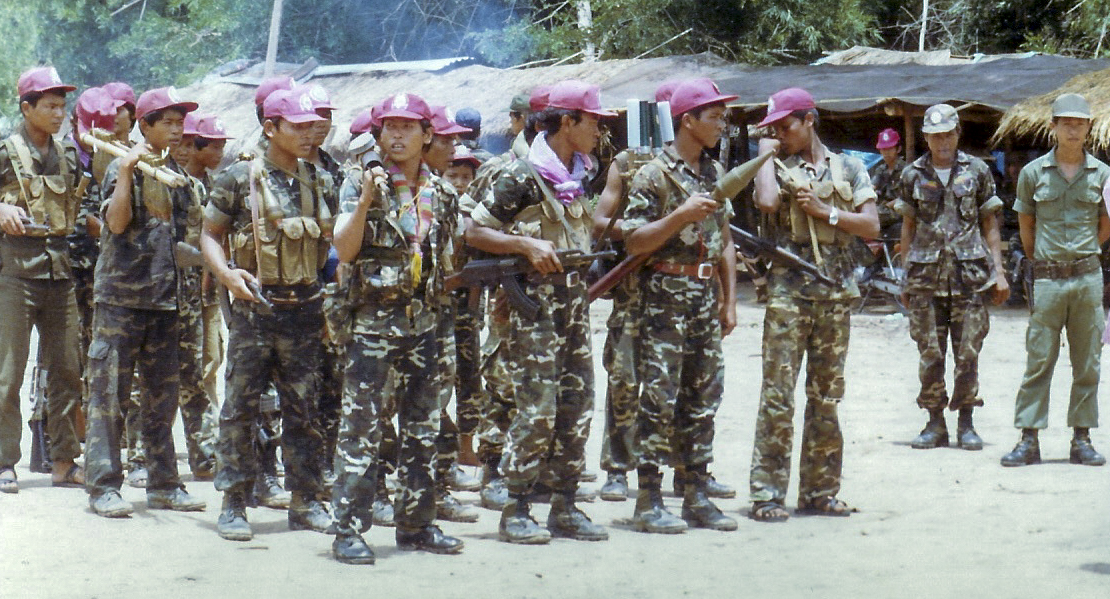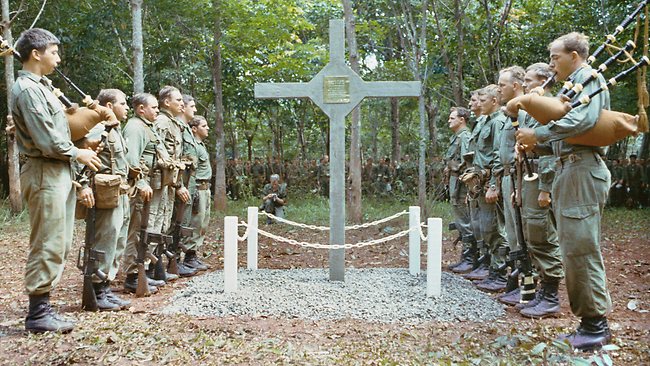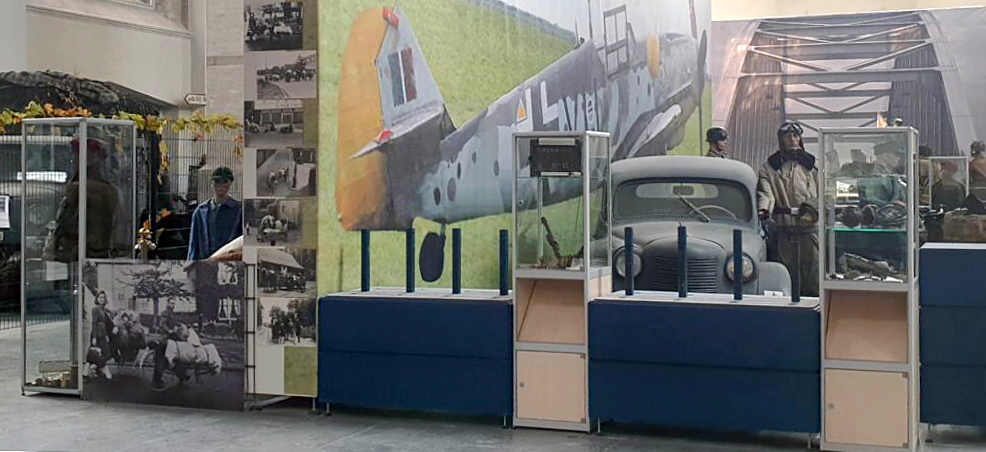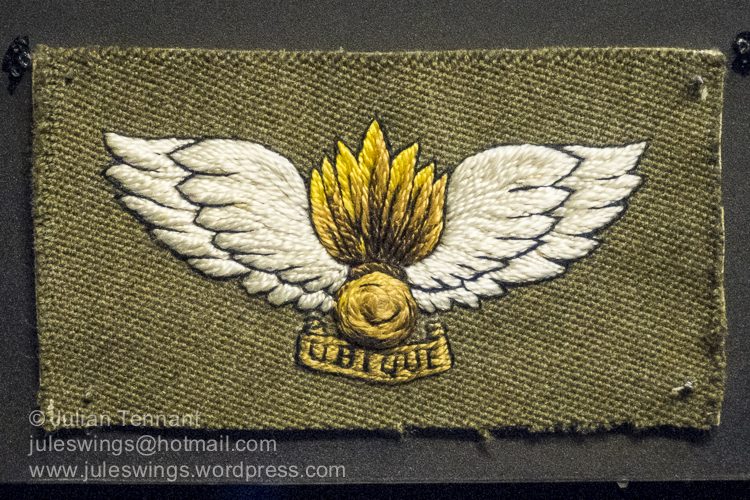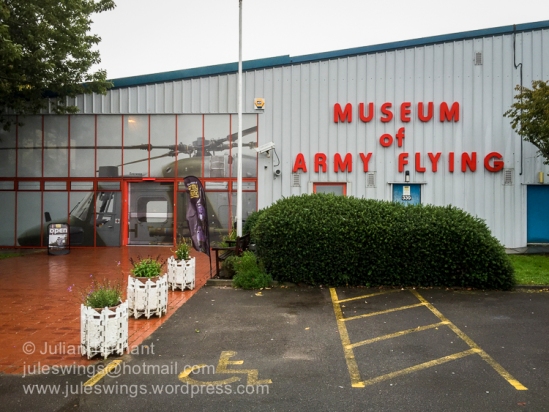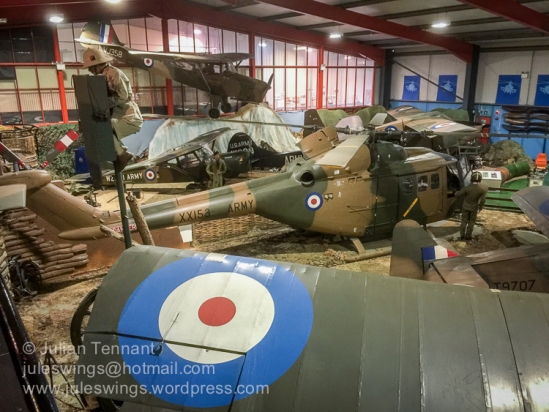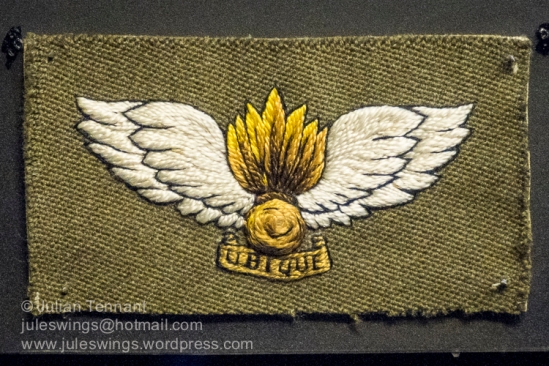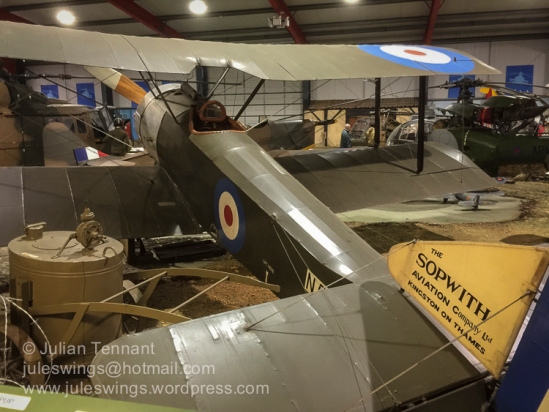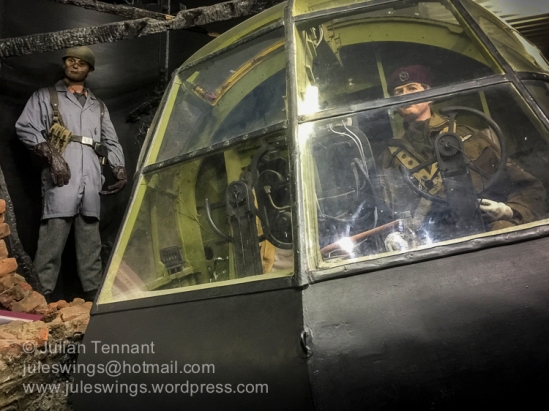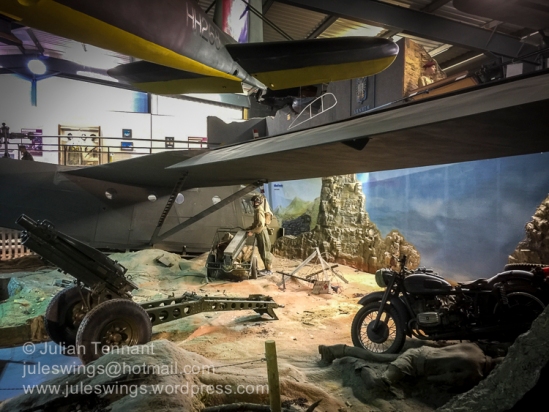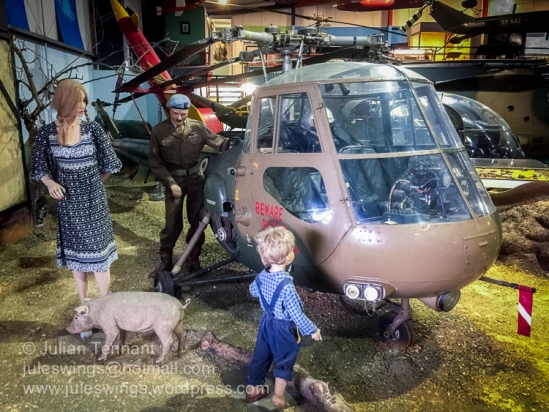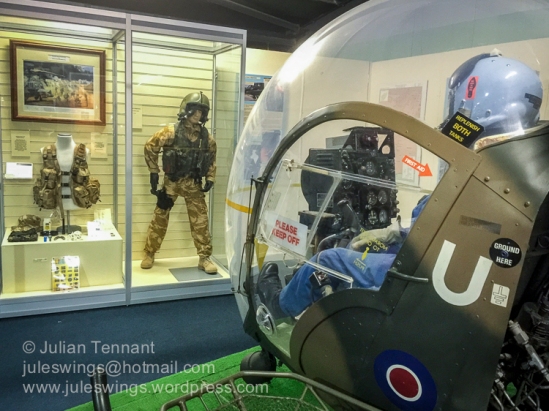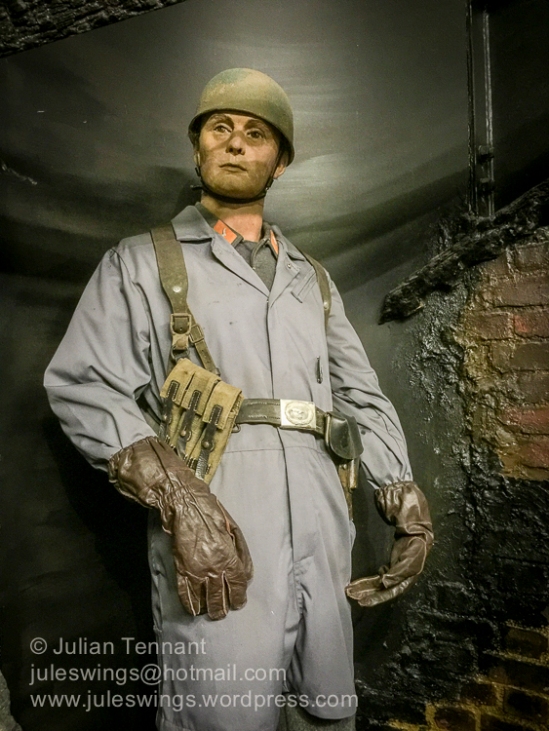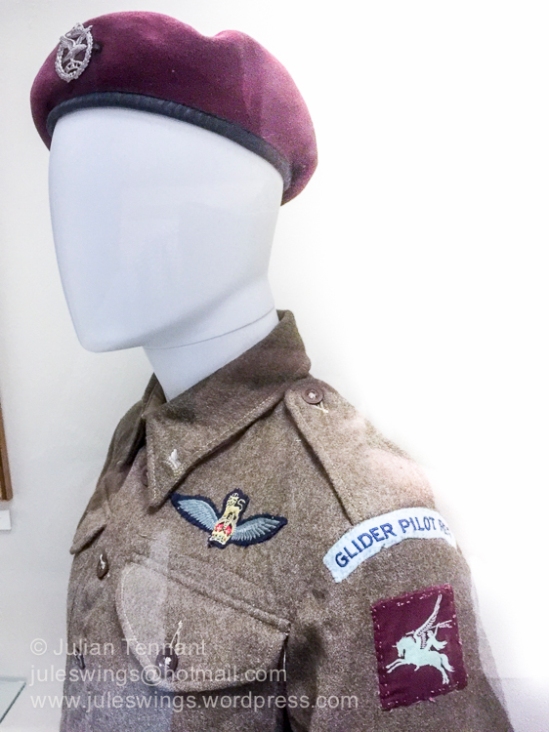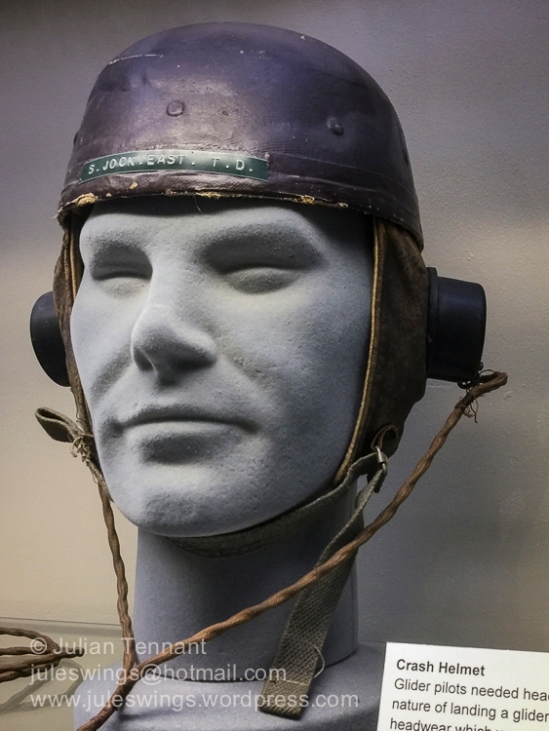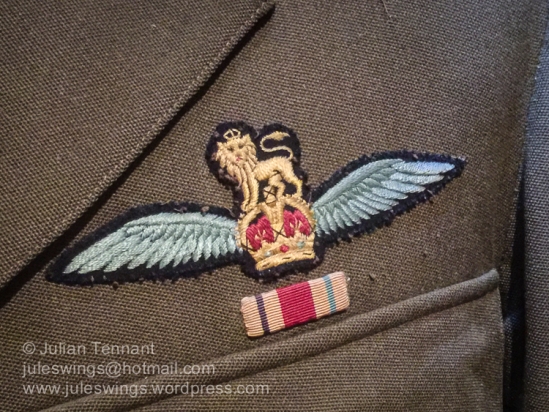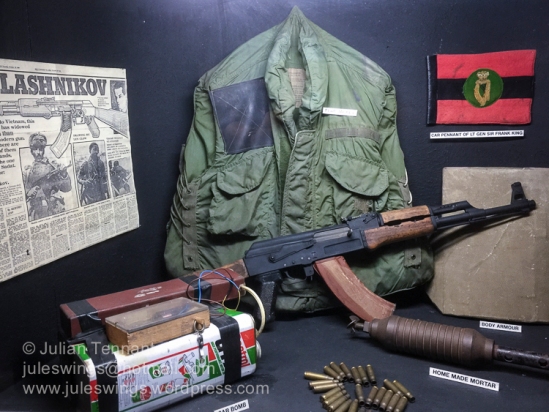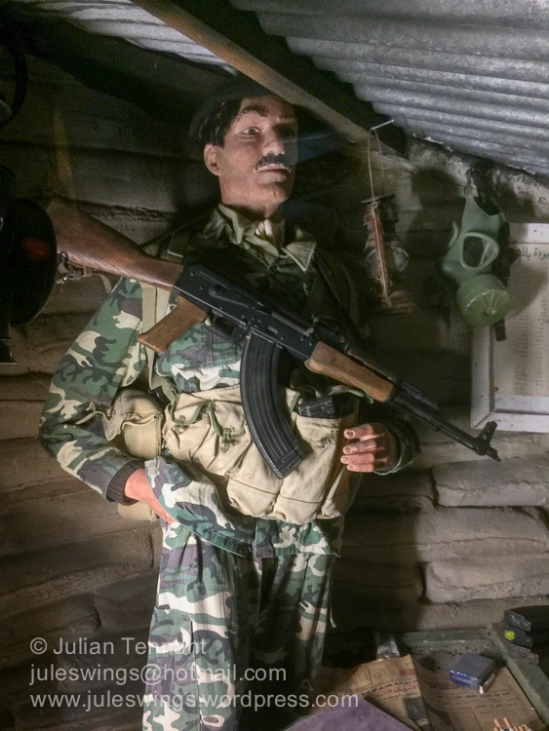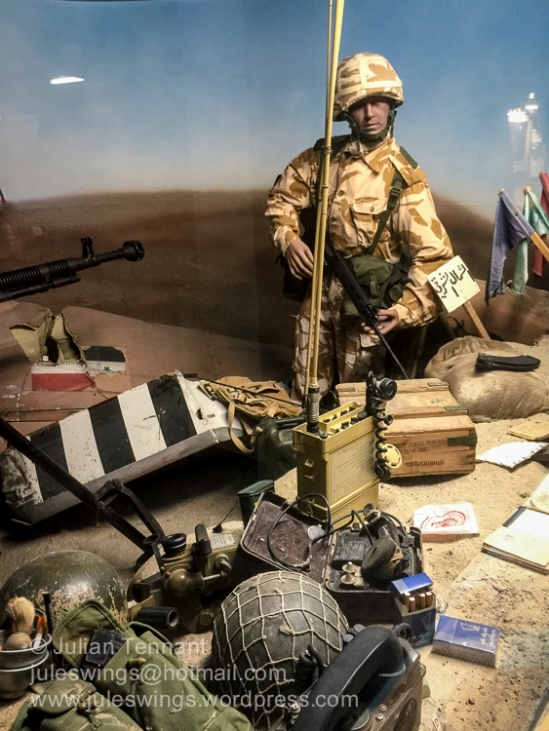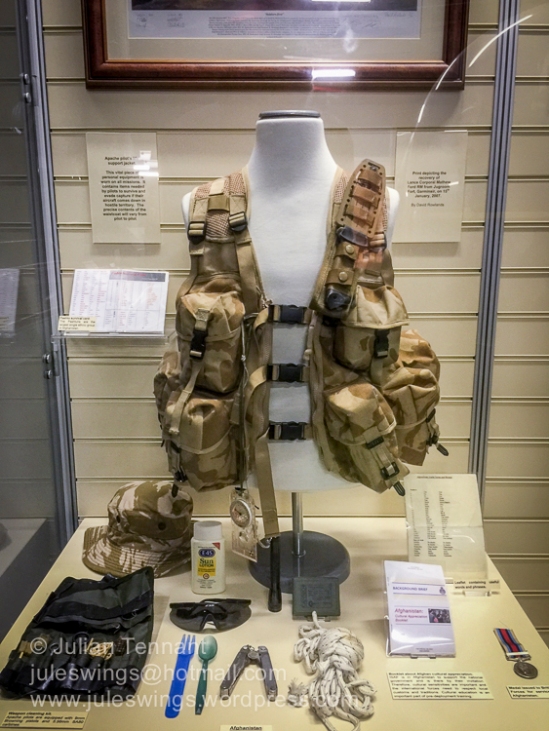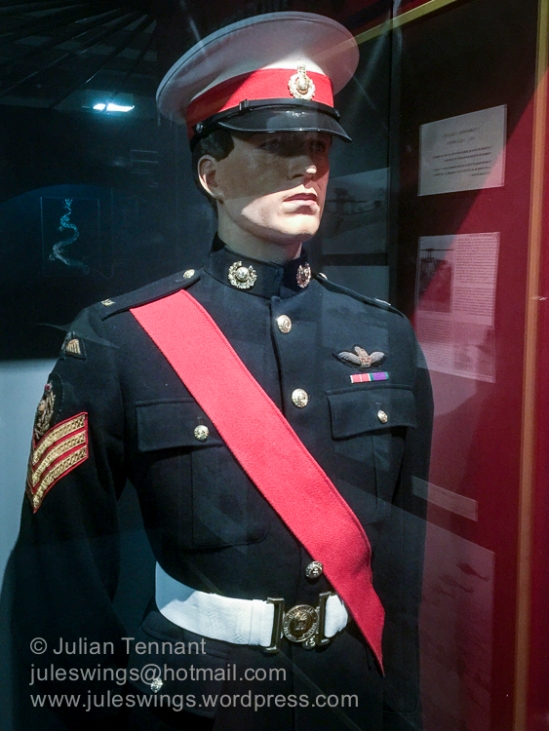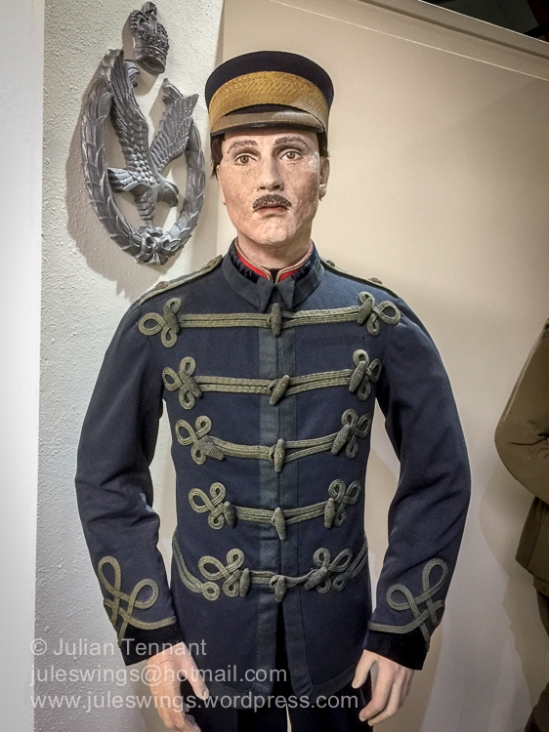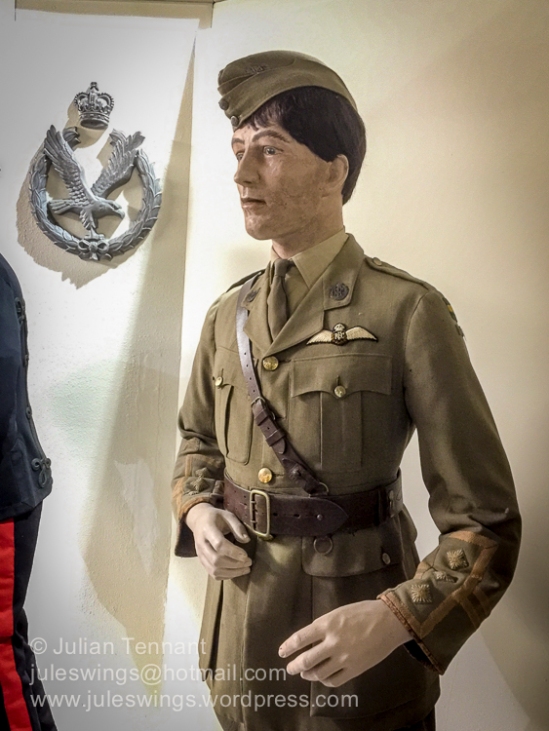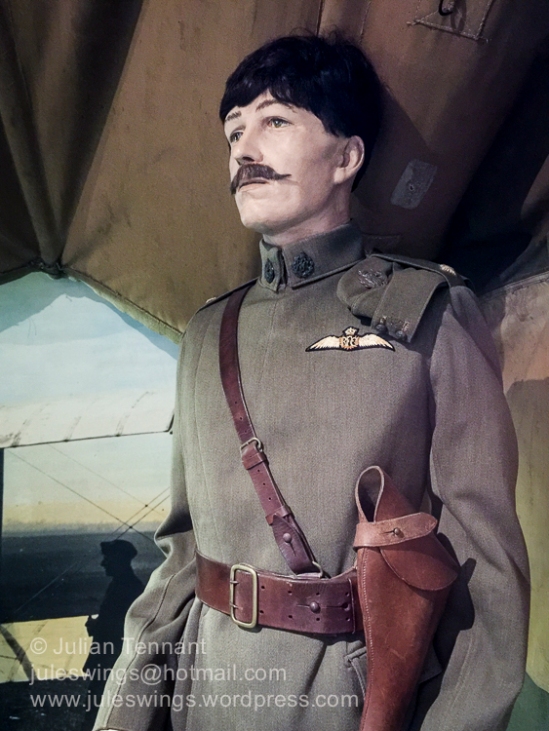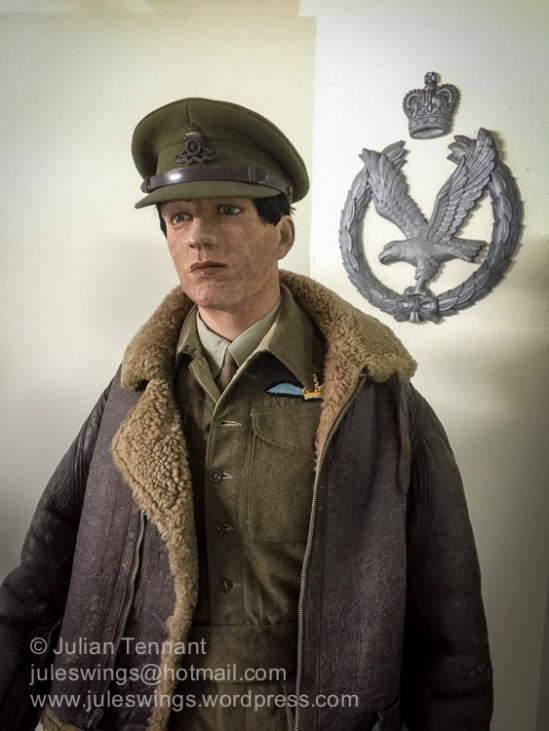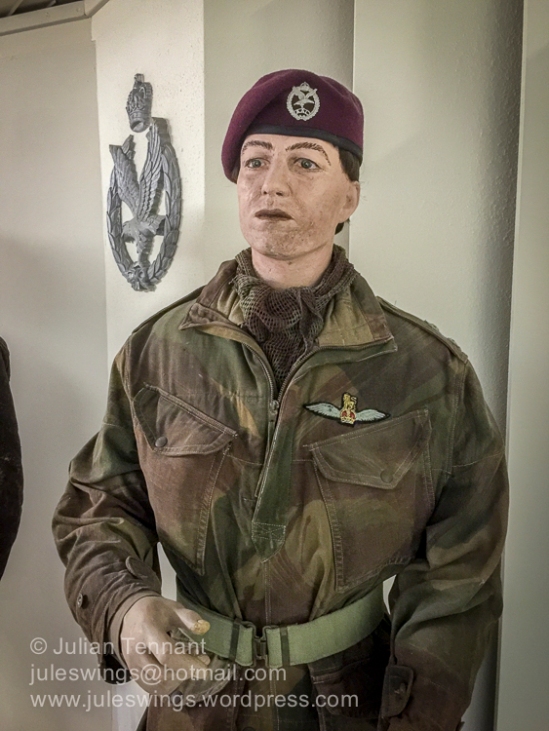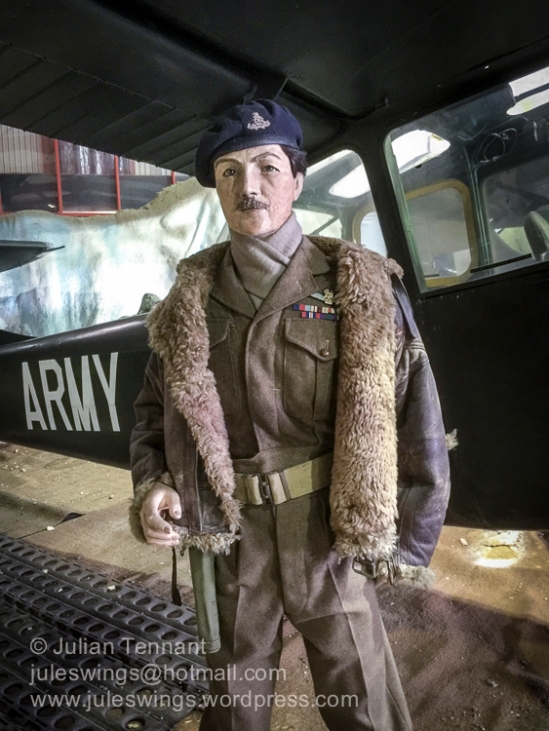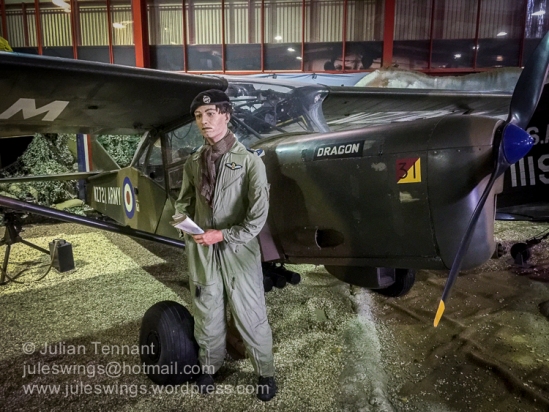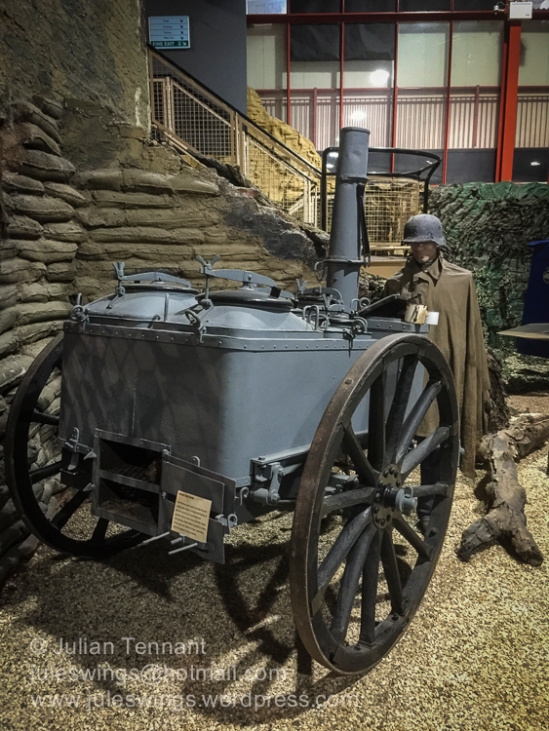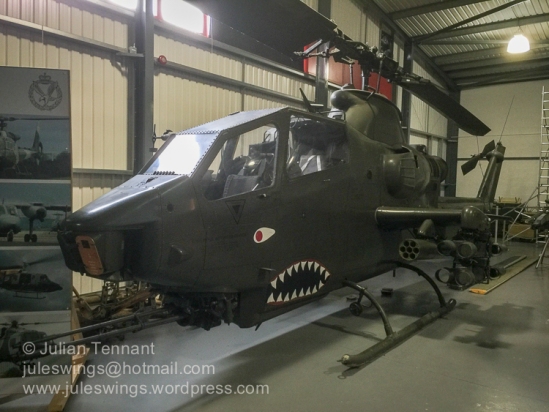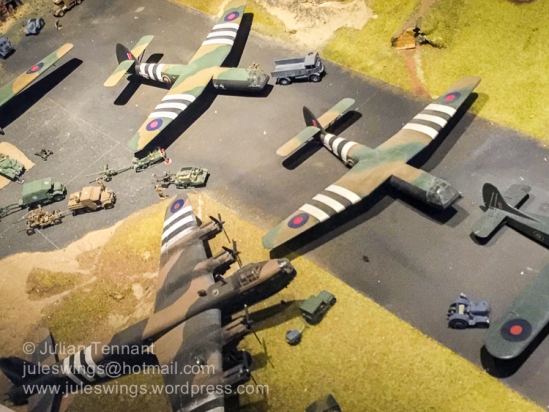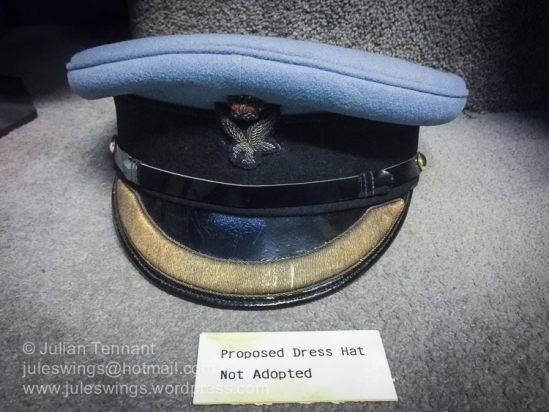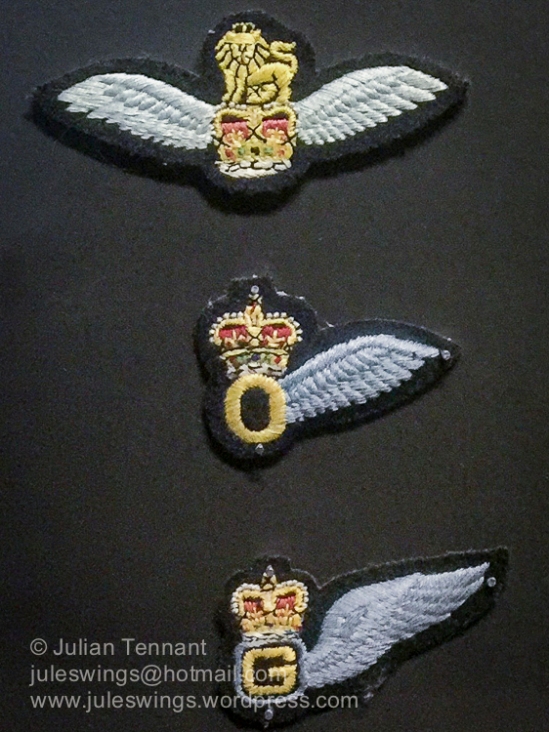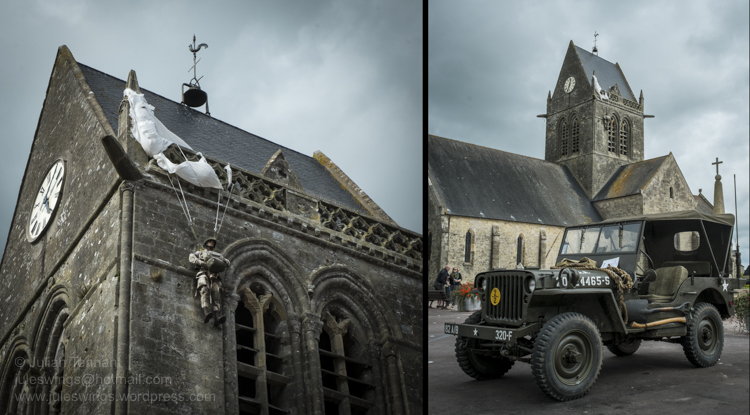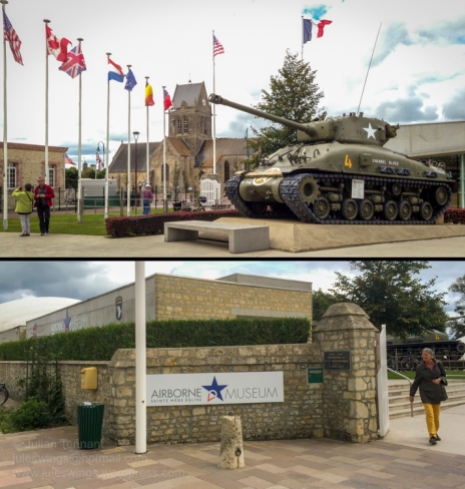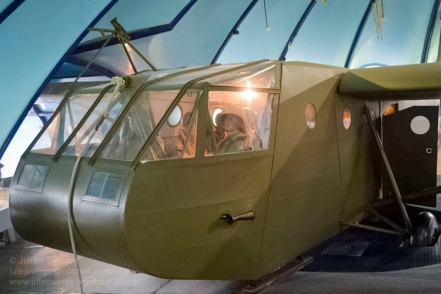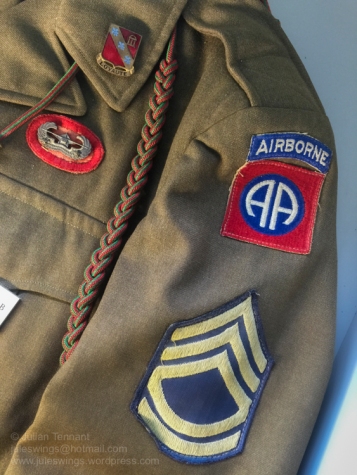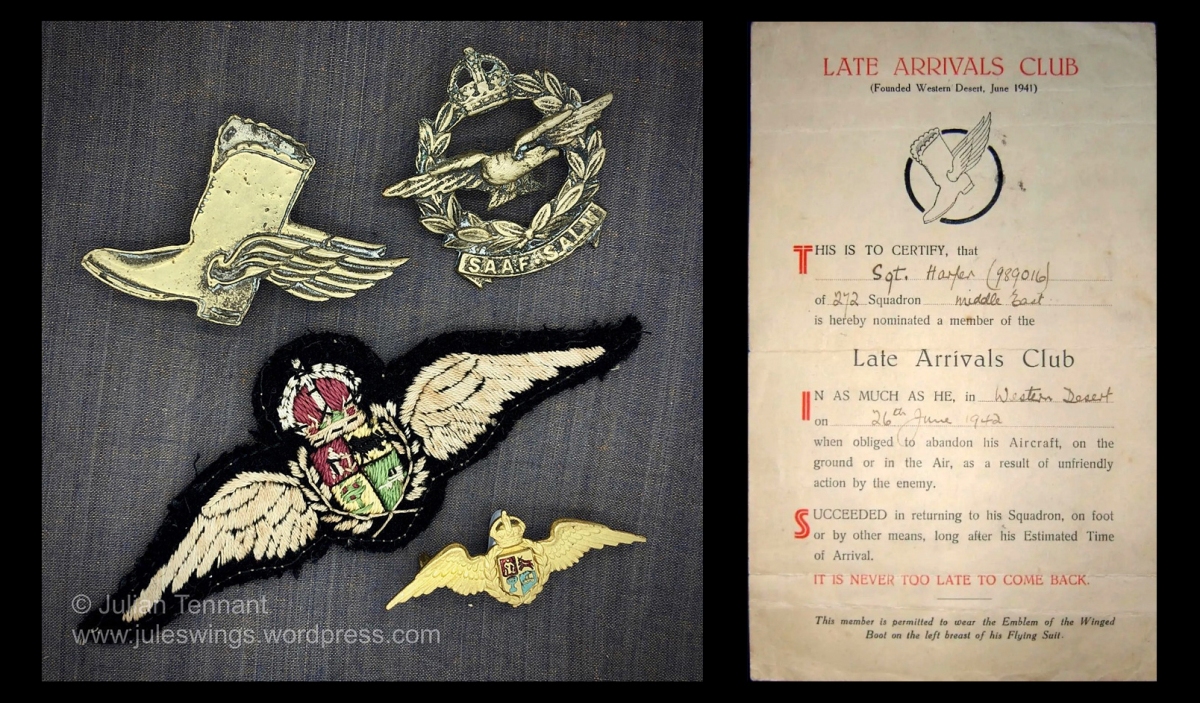For collectors, the importance of good reference material cannot be underestimated. The knowledge that can be gained from a small investment in good books and journals will help refine a collection, add value and prevent a collector from making costly mistakes when buying new pieces. Here are some of my recommendations that are cheap, easy to get and invaluable.
Chute & Dagger USA
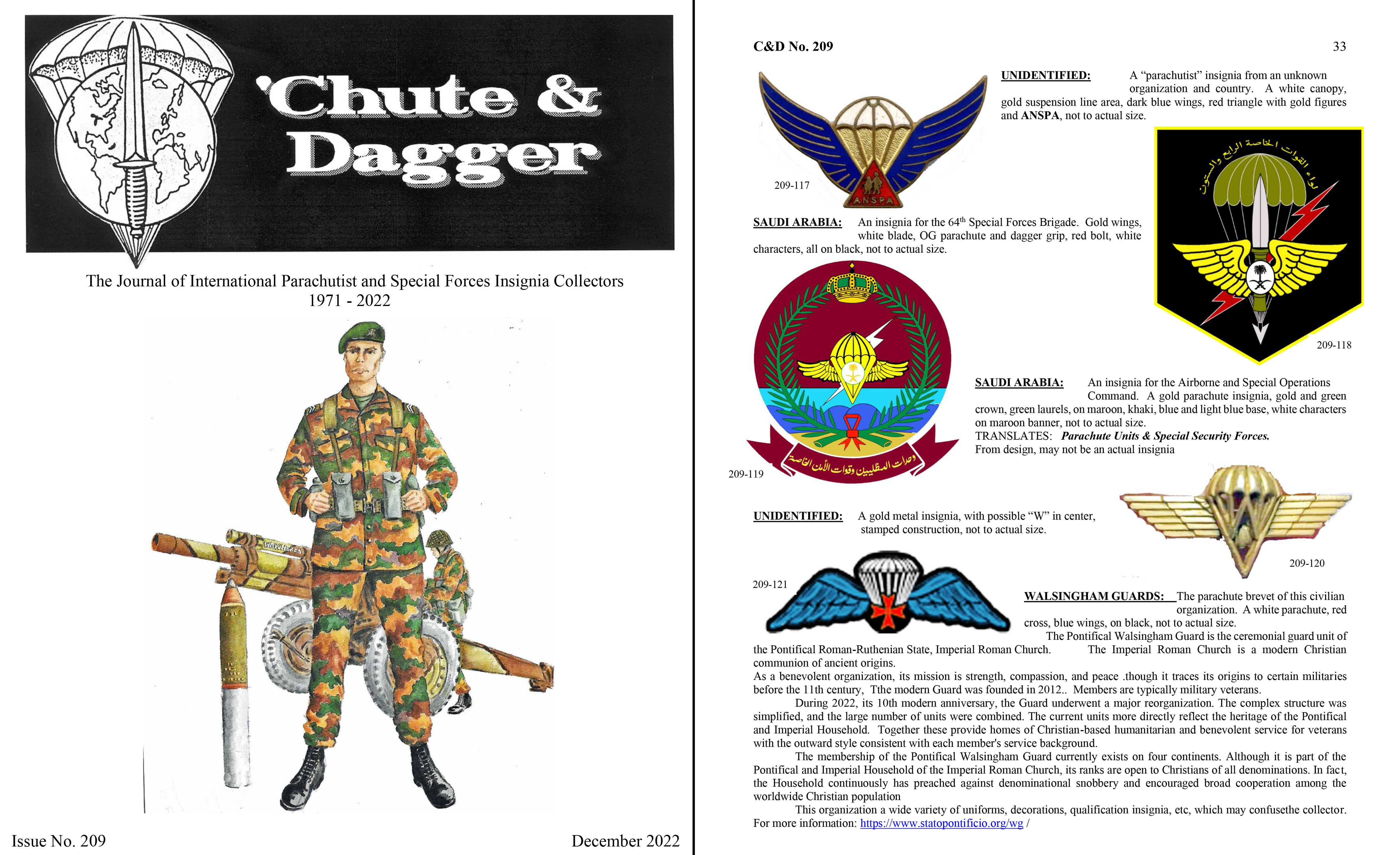
Best known for their Chute & Dagger (C&D) journal, the PARACHUTE and SPECIAL FORCE INSIGNIA COLLECTOR GROUP was started in the early 1970’s by long time collector Harry Pugh whilst stationed in Thailand. Harry had started collecting in the early 1960’s whilst an advisor to an USAR SF Company and being introduced to the hobby by a fellow unit member and wings collector, Pete McDermott. In the following years he was off to Vietnam, then back stateside before a posting to Thailand, collecting all the time and often buying spares to trade with collectors that he had made contact with.
Whilst in Thailand, Harry had access to a mimeograph machine at night and so would collate the information that he had gathered from various sources and then send it out to other collectors. Don Strobaugh, Mike Shepherd, Bob Bragg, Roy Turner, Baudouin Ourari, Gerard Lagaune, Gary Fox, John Barnes, Erv. Sweig, Fill Wosniak, Charles Nagel, George Beitzel, Harvey Oberg, Cyril Edmond-Blanc, Charles Stulga, and R.P. Grabbie were all early recipients of his lists and eventually in February 1973 the decision was made to form the organization (see photo below for the first page of C&D #1).
Since then the organization has continued to expand and 2023 will see C&D #210 as the first issue of the year. The journal is usually published every quarter although depending on the volume of content, sometimes there are five editions. They are available as a printed or electronic subscription.
Reflecting the group’s interests, the focus of Chute & Dagger is on airborne and special operations unit insignia, worldwide. The journals are packed with information about new (and old) insignia that have been spotted by their members worldwide. It also has well researched articles on related units, special operations, book reviews and an extremely useful section identifying the fakes that have appeared in the marketplace. There is also a classified advertisement section which is free to members to advertise their trades, sales or identify their wanted items.
I have been a member of the group since the 1980’s and have been fortunate to find copies of all the earlier journals dating back to the first issue. About five or six years ago I swapped from the printed journal to the electronic pdf version, and I thoroughly recommend it.
The annual electronic subscription to Chute & Dagger is only US$15 and represents exceptionally good value for money. Full colour illustrations, easy to store and access. You can download the C&D Membership Application or contact me and I can send you an application or put you in touch with Harry.

Chute & Dagger (UK)

Across the pond in the United Kingdom about 40 years ago, Bob Bragg and Roy Turner who are best known for their books on parachute insignia, decided to form a British chapter of the organisation.
Chute & Dagger (UK) follows roughly the same format as their US based counterpart although in addition to the journal which is also available as an electronic subscription for GBP £15, the British group also holds an annual AGM at the start of the year which allows members to gather, share collections, trade and drink beer.
But whilst the journal is similar to the US C&D, the content is often different. I think this is in part due to the membership base, so many members, including myself, subscribe to both journals as they compliment each other really well. For a mere £15 C&DUK is another bargain resource investment. To subscribe to Chute & Dagger UK you can download the CDUK membership application and contact Colin, the editor by email at m.shackel(at)btinternet(dot)com using the heading “Joining C&D UK” or email the link in the flyer below for more information.
 The American Society of Military Insignia Collectors (ASMIC)
The American Society of Military Insignia Collectors (ASMIC)
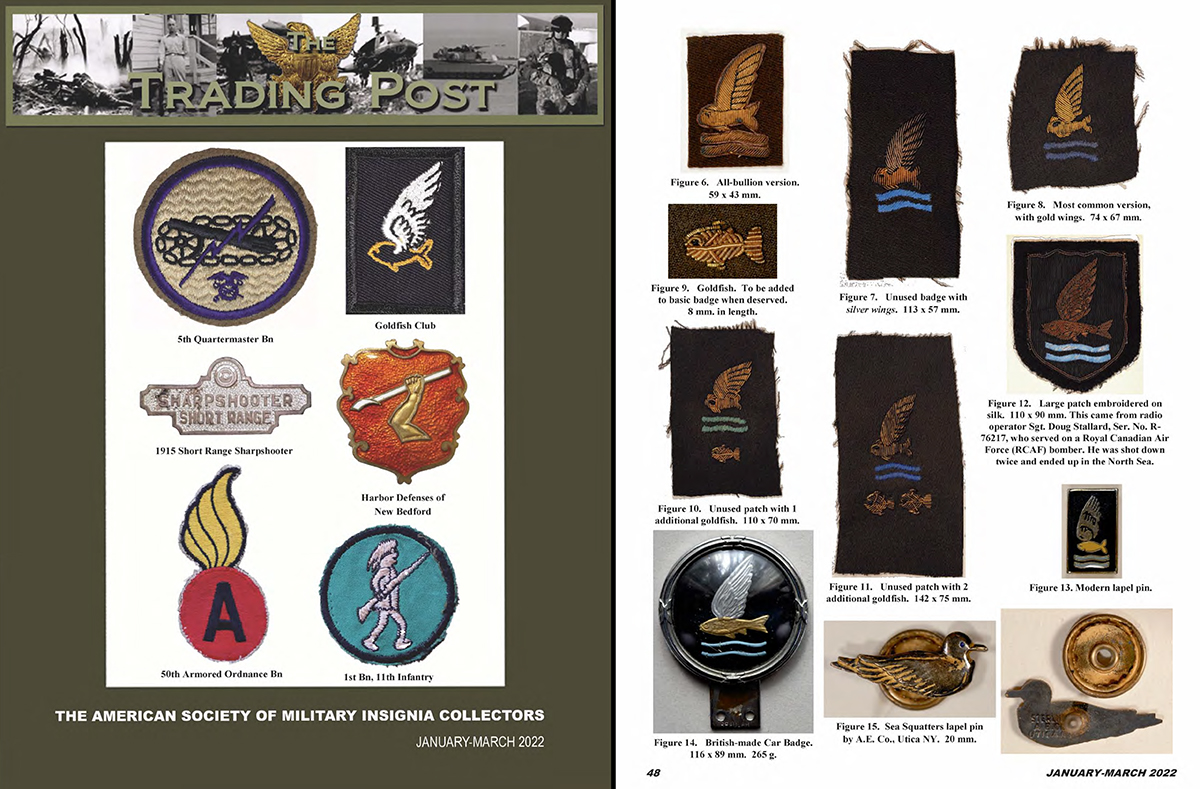
Founded in 1937, the American Society of Military Insignia Collectors, commonly known as ASMIC, is one of the oldest and largest organizations of military insignia collectors in the world. The name is well known to many collectors because of its longevity, publications and Annual Militaria Convention.
Unlike Chute & Dagger, ASMIC is broad in its focus and includes shoulder sleeve and distinctive unit insignia (patches and DIs), rank badges, wings, decorations and awards (medals), elite forces emblems, cap badges, specialty markings plus information on the symbolism and heraldry used in the designs.
I am a relatively new member of ASMIC having previously been hesitant due to the costs of international membership which had previously only included the printed edition of their quarterly journal, The Trading Post, but in 2019 I took out an online membership and the decision was one of the best that I made for a long time. It has been invaluable for my research and building knowledge about US and related insignia.
ASMIC membership runs from July 1 to June 30 each year and can sign up for the printed hardcopy of the The Trading Post, or online membership which includes an electronic subscription to the journal and access to the newsletter .
For collectors outside of the USA, the online membership is exceptionally good value at only US$25.00 per year and also gives you access to the Members Only section which includes access to ASMIC’s digital library which includes access to over 80 years of research via their search function. Register online and join ASMIC here or visit the ASMIC website or ASMIC Facebook Group.

